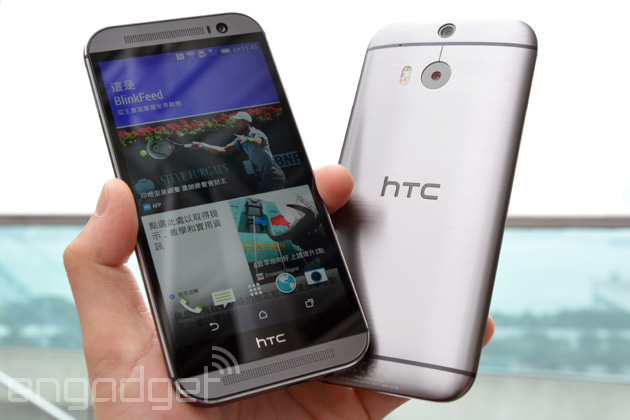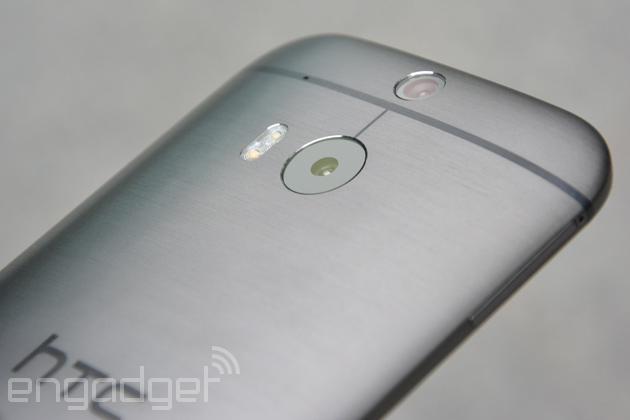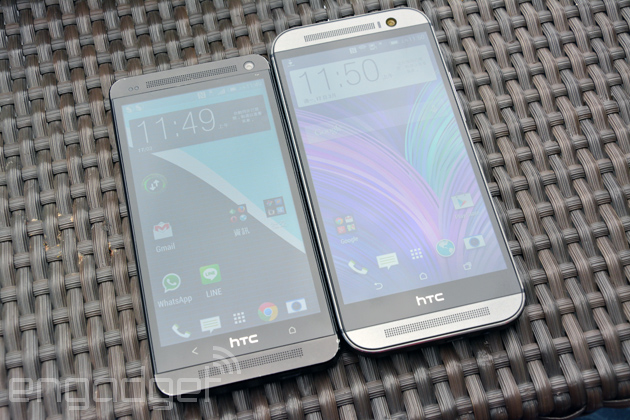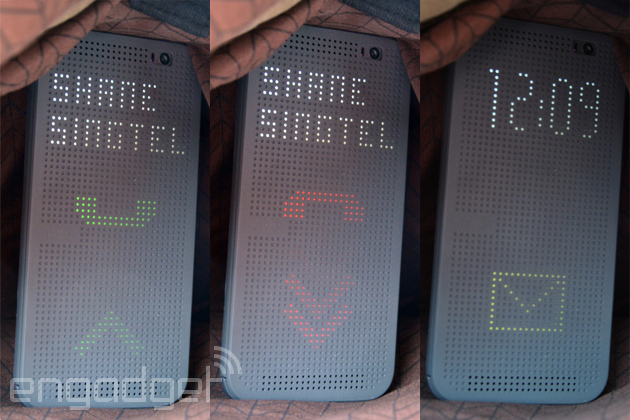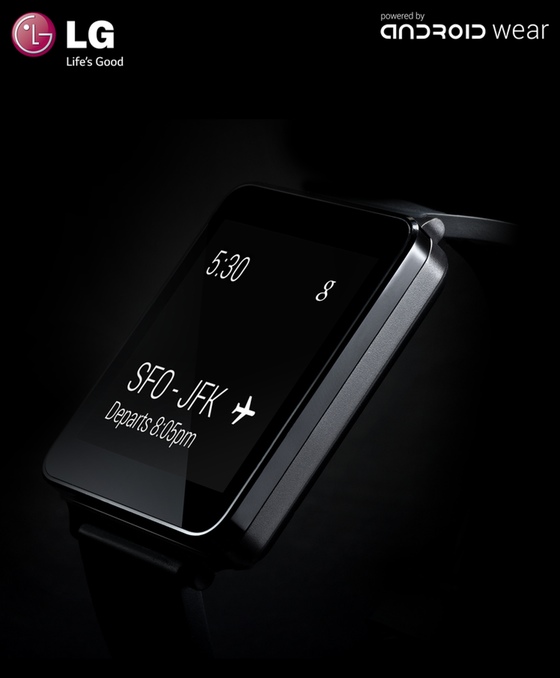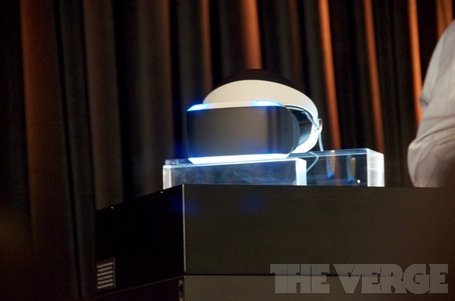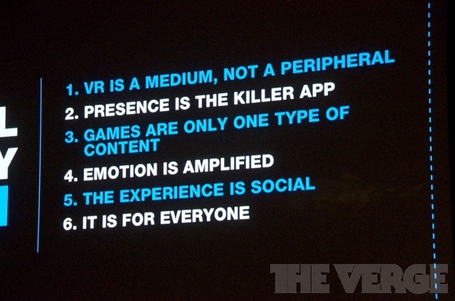
Google Maps for iOS and Android is getting a big update today, bringing stronger support for offline maps to both platforms, adding in lane guidance when driving, and integrating Uber as an option for getting around. Among the most helpful of the updates will certainly be offline maps, which is now front-and-center on iOS for the first time and in a more robust form on Android: after searching for or tapping on a location, Maps will display an option to save that area for use without an internet connection. Google is introducing a way to manage those offline maps too, allowing users to see what locations they have saved through their profile.
Why walk when you can Uber?
Turn-by-turn navigation in Google Maps is also getting a lot more helpful with today's update. In the US, as well as parts of Canada and Japan, Maps will now tell drivers if they should stay in their lane or move over to a different one when they're approaching an exit or a turn. The update will also put drivers just a tap away from changing to an alternate route, rather than leaving drivers stuck with whatever route they initially chose.
Maps is also building Uber into its options for getting around. In certain cities — presumably those where Uber operates — anyone who has Uber's app installed will see a "Get an Uber" option along with an estimated transportation time when searching for public transit or walking directions. It's an interesting integration, especially given Google Ventures' sizeable investment in Uber. Uber is certainly at the forefront of taxi apps, but it's far from the only option available in many big cities.
Correction, May 6th, 2:05PM ET: Offline maps were previously available on iOS through an easter egg, in which typing "OK Maps" into the search bar would save whatever area was on screen. This article previously stated that offlline maps were coming to iOS for the first time.










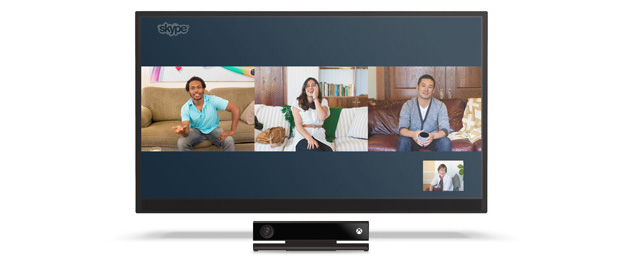 In order to compete with Google Hangouts, Skype has made group video calls free on the desktop and Xbox One consoles. Previously, the multi-pal chats were available via a premium subscription on the aforementioned platforms, but it's now accessible...
In order to compete with Google Hangouts, Skype has made group video calls free on the desktop and Xbox One consoles. Previously, the multi-pal chats were available via a premium subscription on the aforementioned platforms, but it's now accessible...
 Twitch is the number one site for live streaming video content in the United States, according to video solutions company Qwilt. The company's data shows Twitch leading by a large margin: it currently possesses 43.6 percent of all live streaming...
Twitch is the number one site for live streaming video content in the United States, according to video solutions company Qwilt. The company's data shows Twitch leading by a large margin: it currently possesses 43.6 percent of all live streaming...
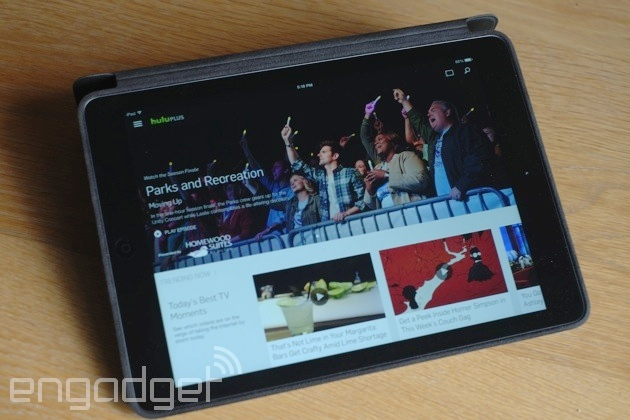 It's no secret that many use virtual private networks (VPN) to dodge Hulu's ban on TV streaming outside of the US, and the company is now clamping down on these surreptitious international viewers. TorrentFreak reports that Hulu has started blocking...
It's no secret that many use virtual private networks (VPN) to dodge Hulu's ban on TV streaming outside of the US, and the company is now clamping down on these surreptitious international viewers. TorrentFreak reports that Hulu has started blocking...




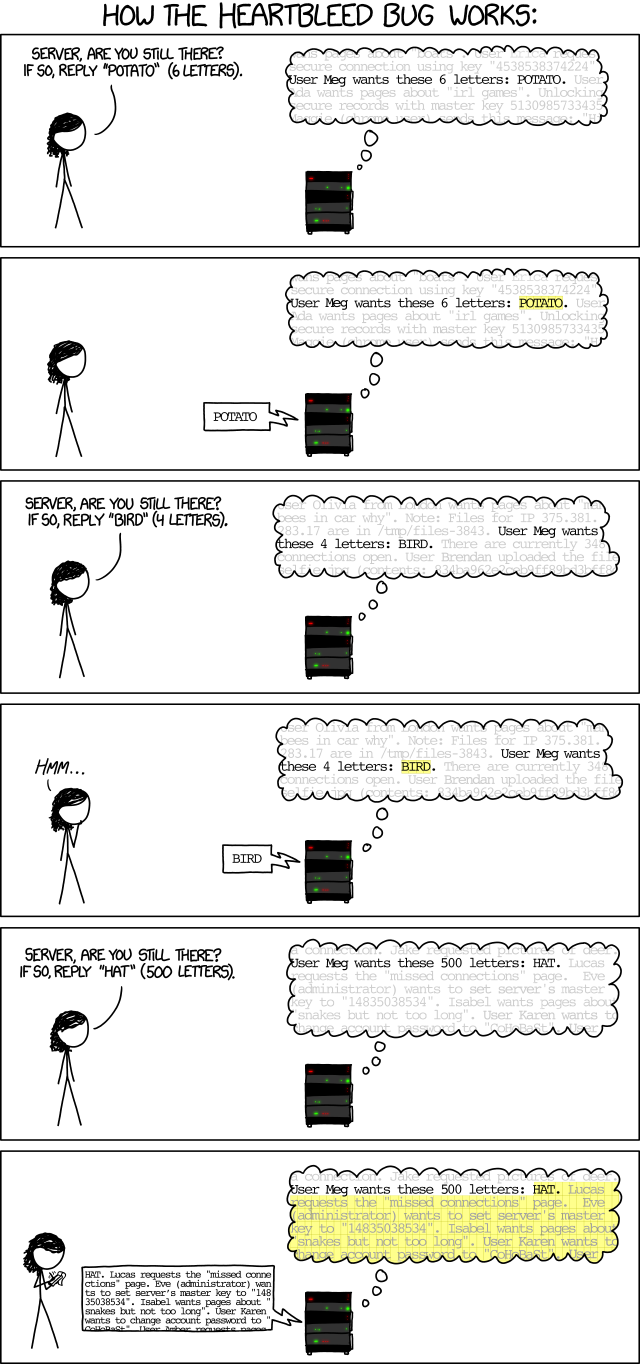
 We've known since last summer that Microsoft was looking to bring its Age of Empires series to mobile, but earlier this week we were given an official announcement and title. The game, which is being developed by KLab, is called Age of Empires: World...
We've known since last summer that Microsoft was looking to bring its Age of Empires series to mobile, but earlier this week we were given an official announcement and title. The game, which is being developed by KLab, is called Age of Empires: World...


















